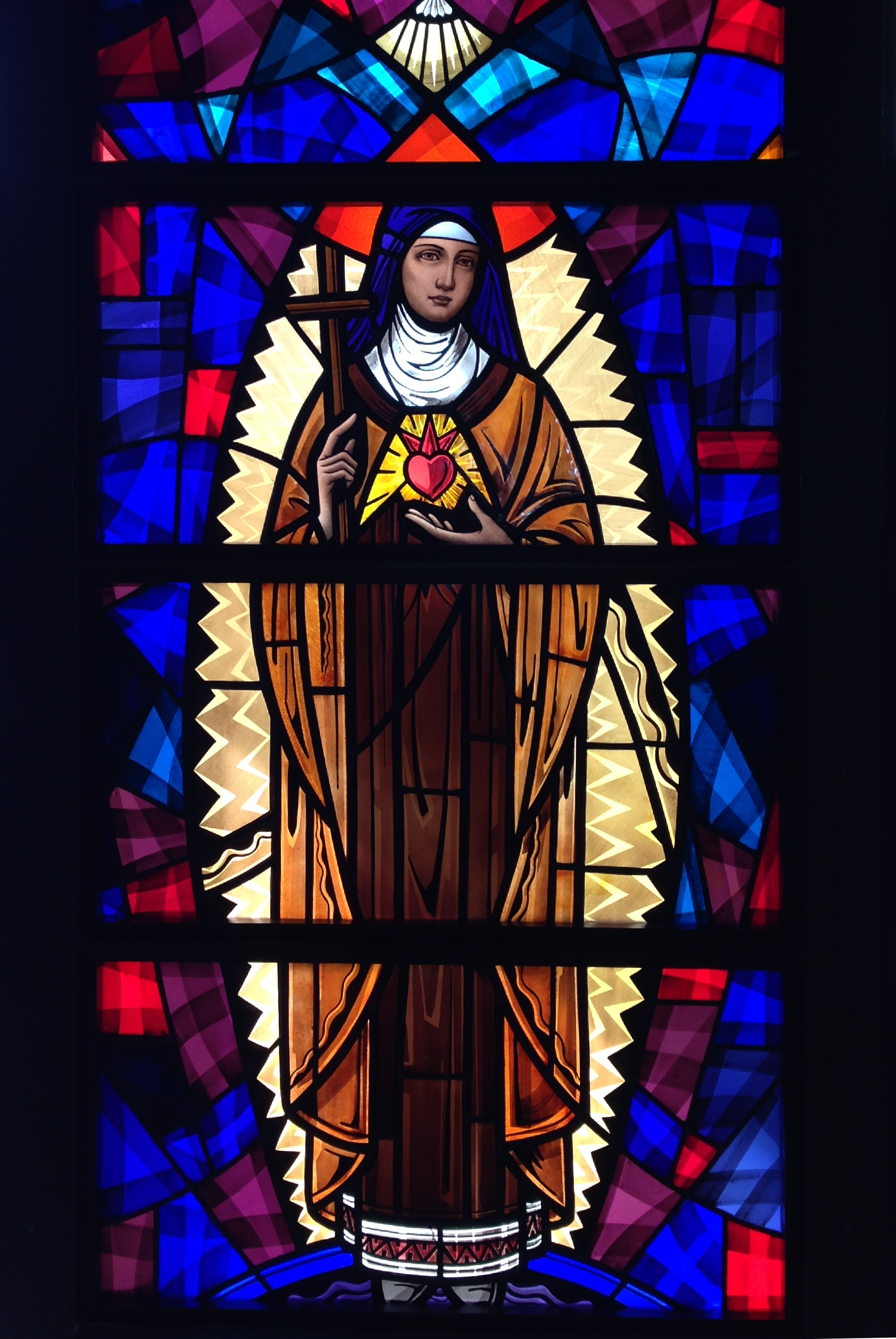The start of a new liturgical year, beginning with the first Sunday of Advent, also marks the transition from one lectionary cycle (A, B, or C) to the next.
These cycles are a result of the Second Vatican Council, which ordered a change in the Sunday readings at Mass so that Catholics would become more familiar with the text of the Bible. As a result, we now have a three-year cycle of readings built around readings from the three synoptic Gospels—Matthew, Mark, and Luke.
Cycle A: The Gospel of Matthew
The gospel of Mark recounts prior revelations in Jesus' lifetime on earth, at his baptism and transfiguration. Matthew and Luke go back further still, showing Jesus as the Son of God from his birth. Matthew most of all the gospels identify how his coming to earth was the fulfillment of many Old Testament prophecies.
The purpose of Matthew is to show that Jesus is the Messiah who has come according to the Old Testament scriptures. Indeed, Matthew includes 9 additional proof texts that the other Gospels do not. Matthew is also known for the use of sermons, such as the sermon on the mount
